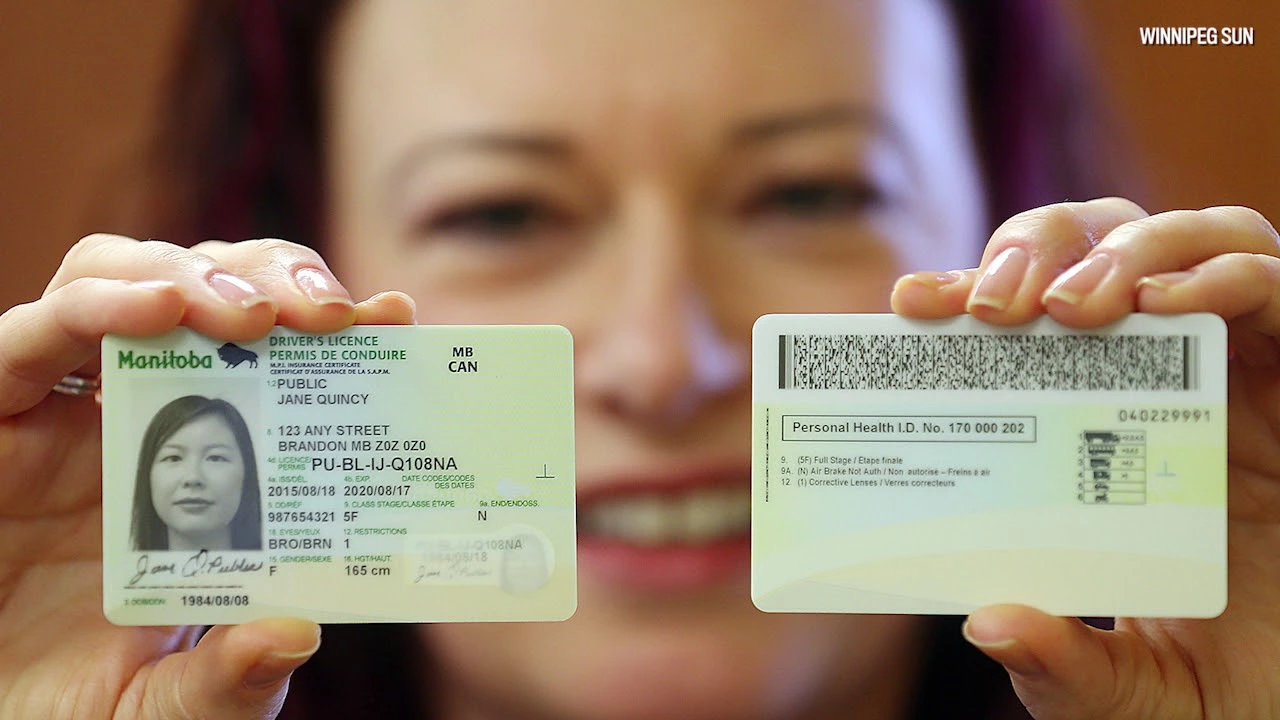Obtaining a License in Motorsports
When working with obtaining a license, the process of earning official permission to compete in motor racing events. Also known as racing accreditation, it involves meeting safety standards, proving skill level, and registering with the right authority. This page breaks down what you need to know before you hit the track, from the paperwork to the practical tests.
Key Elements of a Motorsport License
The core of racing license, a certified credential that allows a driver to enter sanctioned events is driver qualification. Racing license holders must complete a driver qualification program that includes a medical exam, a skills assessment, and a theory test on race etiquette. The licensing authority—often a national motorsport federation—reviews the results and issues the license if the applicant meets the criteria. In many countries, the authority also monitors ongoing compliance, meaning you’ll need to renew the license periodically and keep up with any new safety regulations.
Another crucial piece is the set of safety regulations tied to the license. These rules dictate everything from helmet standards to fire‑suppression equipment in the car. They also define track certification levels, which tell you which circuits you’re eligible to race on. For example, a driver with a basic license might only be cleared for club‑level tracks, while an advanced license opens doors to international circuits that meet higher safety grades.
Finally, the licensing authority acts as the gatekeeper for both the driver and the team. It verifies that the vehicle meets technical specifications, checks that the team follows sporting codes, and enforces penalties when rules are broken. This oversight ensures a level playing field and keeps the sport safe for everyone involved.
Below you’ll find a mix of articles that dig into related topics—whether you’re curious about the different types of auto racing, wonder if race drivers are athletes, or want to know why pole position matters. Each piece adds a layer to the overall picture of what it takes to get your foot on the grid legally and safely. Dive in to see how licensing fits into the broader world of motorsports.
- July 23, 2023
- Comments 0
- Motorsports and Racing
